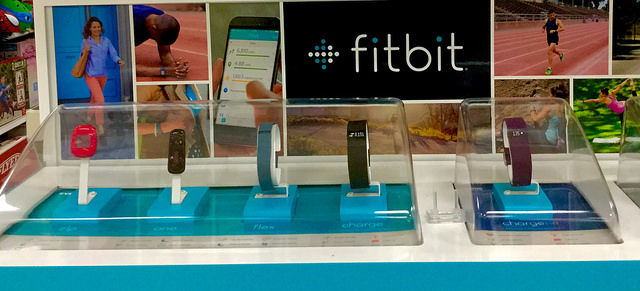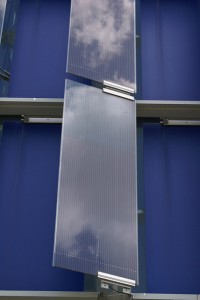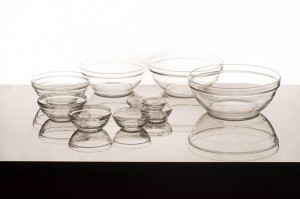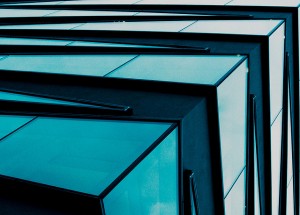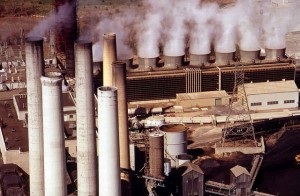New glass may be stronger than aluminum
Researchers in Japan have created a new glass formulation that may be stronger than aluminum. The value of this glass is that it doesn’t break when it’s dropped or impacted. Glass makers have known for a long time that adding alumina to a glass mixture could make the resulting product exceptionally strong, but simply adding alumina to glass during production doesn’t yield the desired result.
Instead, adding alumina to the glass creates silicon dioxide crystals at the mixture’s point of contact with its container, which ruins the product. The researchers needed to overcome this production issue in order to create super-strong glass. Since contact with the production equipment was the cause of the problem, the Japanese researchers came up with a way to eliminate the container during production.
The process they came up with suspends the mixture on a cushion of air and mixes it with a laser. The finished product displays the expected characteristics – hardness and transparency. The resulting product is also colorless.
The researchers were able to produce the experimental glass in the laboratory, but their experimental methodology doesn’t easily translate well to a mass production environment. The next step is to modify their experimental production to allow the technique to be used to mass produce glass. Once they overcome that hurdle, we could see truly shatterproof glass in mobile phones, wearable technology and other products. Incidentally, the resulting glass isn’t necessarily limited in size. In theory, the ultra-strong glass could be used in automobiles, building windows and doors.
Glass already comes in a number of formulations that offer a number of different properties, but regardless of the formulation, Glassprimer™ glass paint will bind to them all. Glassprimer™ glass paint is designed to create a permanent bond to the surface of glass. It also makes the same permanent bond to other impervious surfaces, like stone, metal, ceramics and plastic. Glassprimer™ glass paint can also be tinted to match the paint palette of virtually any major paint manufacturer.
If you’d like more information about Glassprimer™ glass paint, please visit the rest of our site. If you’d like to purchase Glassprimer™ glass paint, please visit our online store .
Photo Credit: Kaydee H., via FreeImages.com


